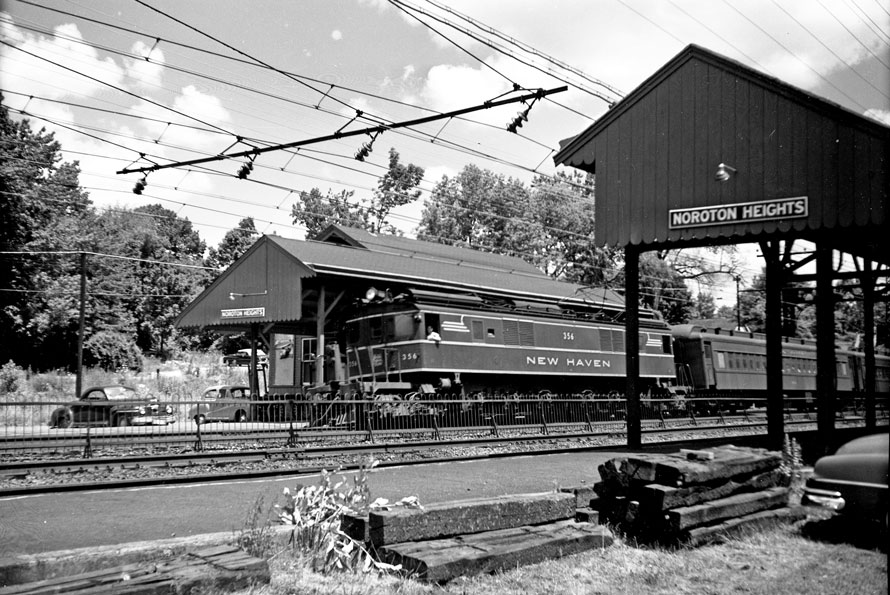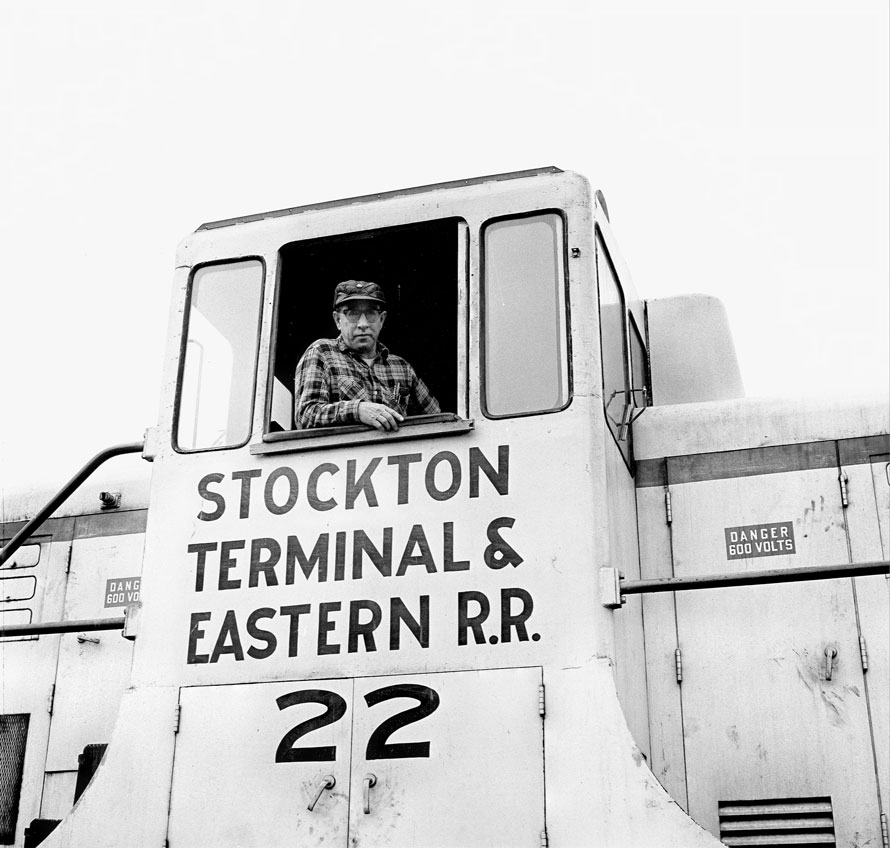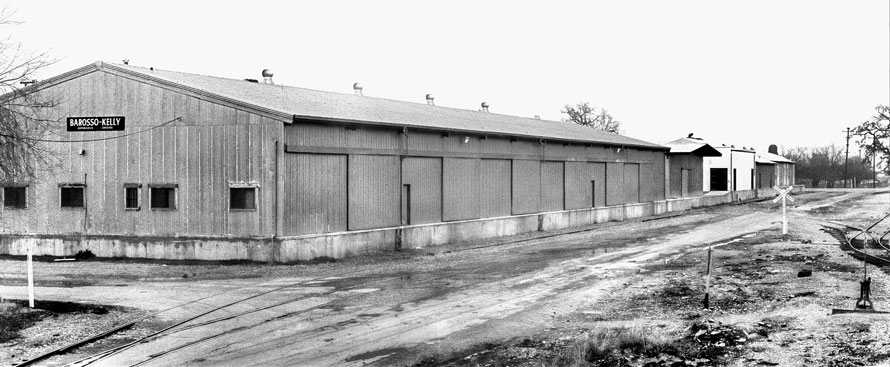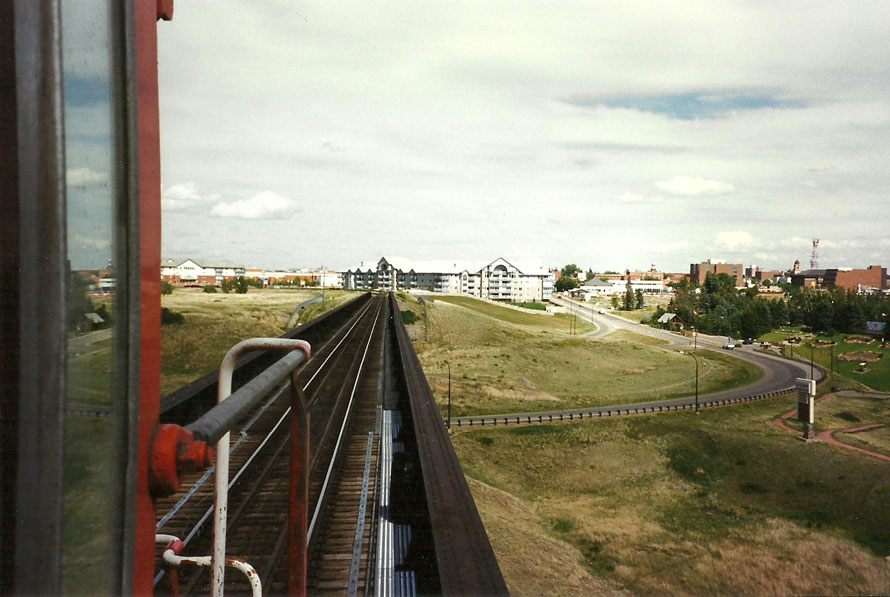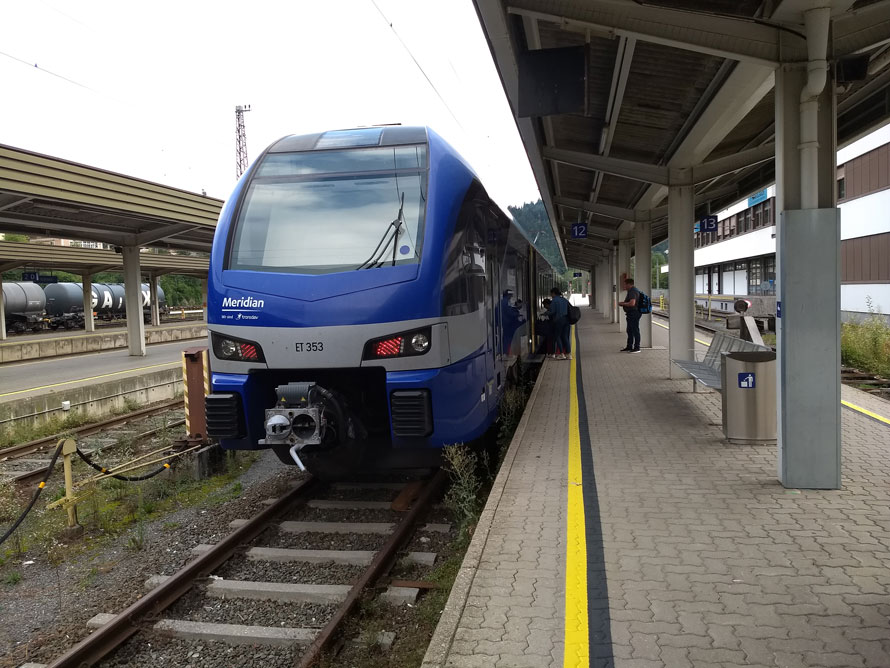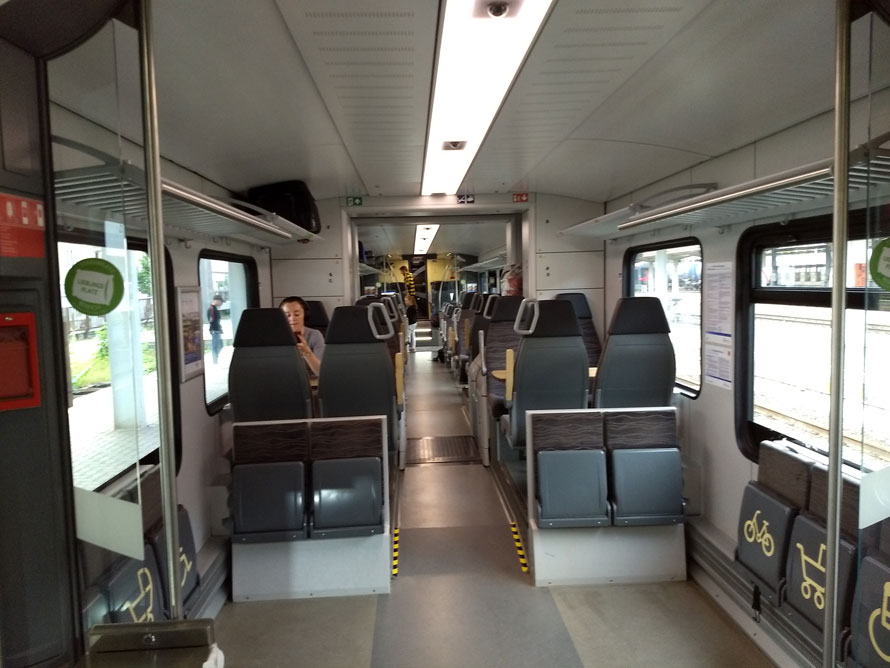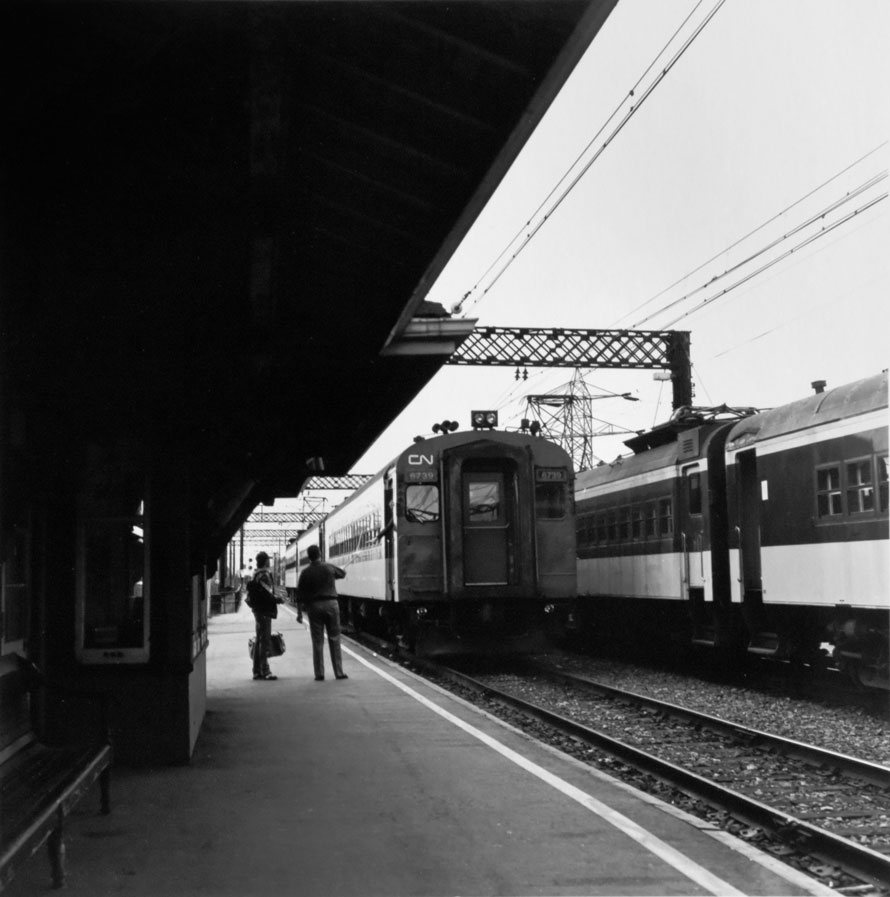
I first met George Hiotis in October of 1994 on the station platform at Val-Royal, a suburban neighborhood northwest of the center of Montreal. He and I had separately and independently decided to travel there to see for ourselves the electrification on the former Canadian National Deux-Montagnes commuter line. Four of the boxcab locomotives that we photographed dated back to 1917, built by General Electric; another handful had a foreign pedigree, constructed by English Electric in 1924; and the “modern” three steeplecabs, also GEs, came out of the Erie plant in 1950. On top of the ancient equipment, Val-Royal remained one of the last places in North America where a station agent hooped up orders to every inbound train. It felt like a trip in a time machine.
Read more